Holiday Traditions
Permanent linkI LOVE the holiday season. I love the festive feeling you get when you're making your Thanksgiving menu or listening to holiday music when out running errands. I love the smell of turkey roasting in the oven and of the latkes my dad would fry every year in our garage (because heaven forbid the smell permeates our home - you know that never comes out).
But more important than the presents, the food and the festivities, to me the holidays are a time for family traditions and sharing quality time with loved ones.
While I'm not so newly wed (it's been four years already - where does the time go?), I've found thus far that one of the biggest challenges in relationships is the merging of family traditions, particularly in November and December.
My family makes a huge deal of Thanksgiving - it's always at my parents and every year we gather all of the Friedsons and the Aizens and the Jacobsons around one big table for a dinnertime feast. Even though nearly everyone lives in Cleveland (or did at least - now we have a growing Chicago contingent and a lone New Yorker), it's when we would take the big photo of the grandchildren that would become calendars for our grandparents. My dad cooks the turkey, my mom makes her challah stuffing and mushroom gravy, and Nana always brings the cranberry Jello mold (which sounds disgusting but surprisingly isn't). We sit down around 5:30 for dinner around a big table and stuff ourselves to the point of bursting. It's all very predictable but it's US.
My husband's family traditions are completely different. David's stepmom is one of five sisters, and they all come together at Aunt Amy's house around 1:00 pm, bringing all sorts of yummy treats, which range from honey-baked ham to oyster stuffing to macaroni and cheese. Of course, there's turkey and green beans and pumpkin pie, too. The food is set up buffet style, and everyone hangs out (and pigs out) all afternoon, with the men in the basement watching football, the women upstairs eating and chatting. End result is certainly the same - stuffed to the point of feeling ill (in a good way of course), but totally different.
The December holidays are equally opposite. My family has a low-key Chanukah Party, with latkes and a goofy $10 gift exchange, and that's about it. David's parents have a menorah and a Christmas tree, and both holidays are celebrated in style with lots of presents and huge family get togethers and feasting that rivals the Thanksgiving spread.
The challenge is not so much about different family trends in gift-giving or favorite foods. It's adjusting to the idea that you won't always be with your family on Thanksgiving day - and helping your family adjust to the idea that you won't always be there for every holiday. AND it's getting used to the idea that you ARE with family - they're just not the same family that you were with as a child. Because his family is now your family, too.
Merging holiday traditions is tough. For us, we've come to the agreement of switching back and forth each year. And for this year, work commitments are keeping us in Chicago for November AND December which meant finding new ways to celebrate instead of visiting family. It meant making friends the new family.
So far, it has been a blast. We feasted on Thanksgiving day with friends, and between four people, we had over a dozen dishes - because of course everyone wanted to share their favorite foods that their families have every year. Who knows what December will bring (besides the inevitable burnout on all things retail and Christmas music related). Moreover, I know next year will be a whole new different adventure. But the merging of families, favorite foods, fun times and a new future together are what makes the ride worthwhile.


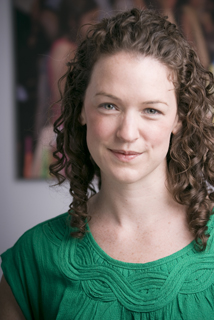


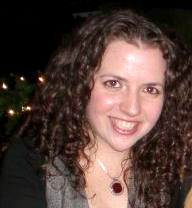

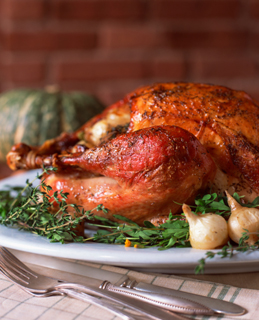
.jpg)



.jpg)
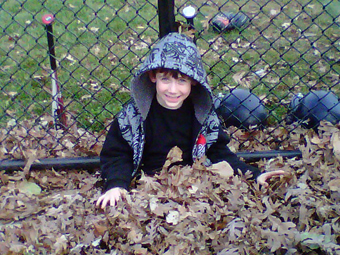

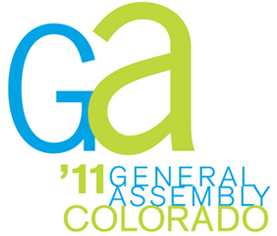

.jpg)



